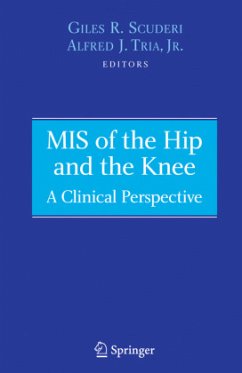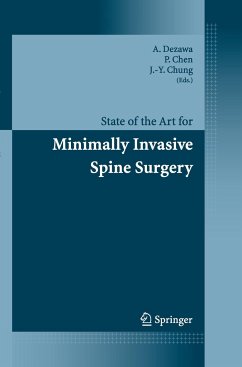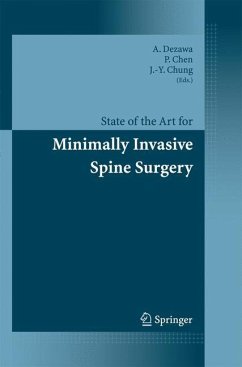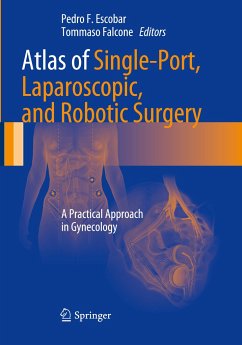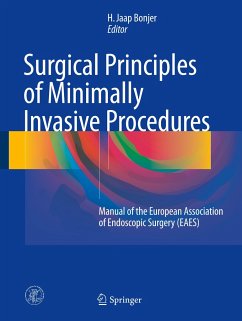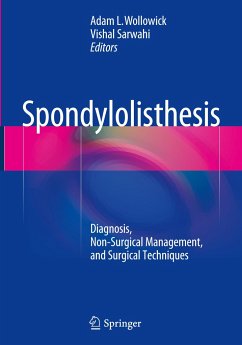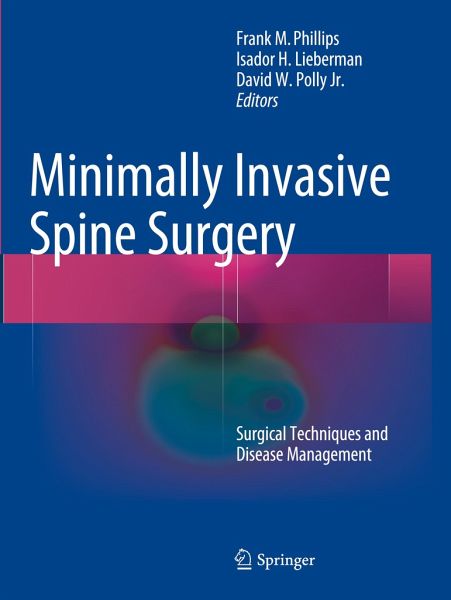
Minimally Invasive Spine Surgery
Surgical Techniques and Disease Management
Herausgegeben: Phillips, Frank; Lieberman, Isador; Polly, David
Versandkostenfrei!
Versandfertig in 6-10 Tagen
115,99 €
inkl. MwSt.

PAYBACK Punkte
58 °P sammeln!
Over the past decade, minimally invasive techniques have developed rapidly and are widely applied in the management of spine disorders. With the development of enabling technologies, including specifically designed spinal retractor systems, intraoperative imaging and navigation technologies, and real-time neural monitoring, minimally invasive spine surgery (MISS) techniques are safe, effective and reproducible. Indeed, studies have confirmed the clinical and economic advantages of these procedures.Minimally Invasive Spine Surgery includes detailed discussions of enabling technologies, surgical...
Over the past decade, minimally invasive techniques have developed rapidly and are widely applied in the management of spine disorders. With the development of enabling technologies, including specifically designed spinal retractor systems, intraoperative imaging and navigation technologies, and real-time neural monitoring, minimally invasive spine surgery (MISS) techniques are safe, effective and reproducible. Indeed, studies have confirmed the clinical and economic advantages of these procedures.
Minimally Invasive Spine Surgery includes detailed discussions of enabling technologies, surgical techniques (including posterior decompression and fusion), approaches to specific diseases and conditions, as well as strategies to manage the unique risks and complications of MISS. Generously illustrated, this will be an essential reference for orthopedic surgeons, neurosurgeons and all health care professionals who treat the spine.
Minimally Invasive Spine Surgery includes detailed discussions of enabling technologies, surgical techniques (including posterior decompression and fusion), approaches to specific diseases and conditions, as well as strategies to manage the unique risks and complications of MISS. Generously illustrated, this will be an essential reference for orthopedic surgeons, neurosurgeons and all health care professionals who treat the spine.



